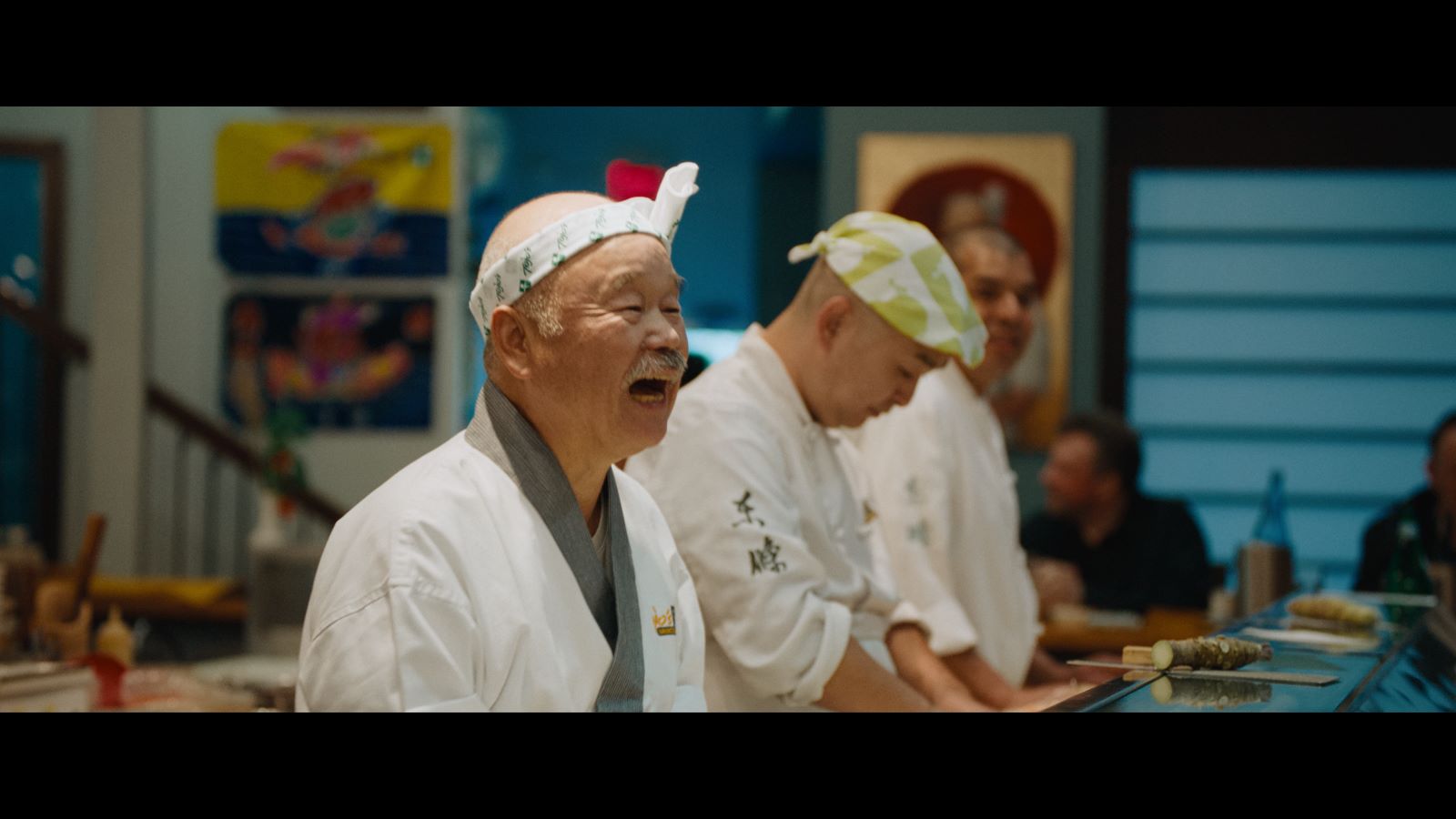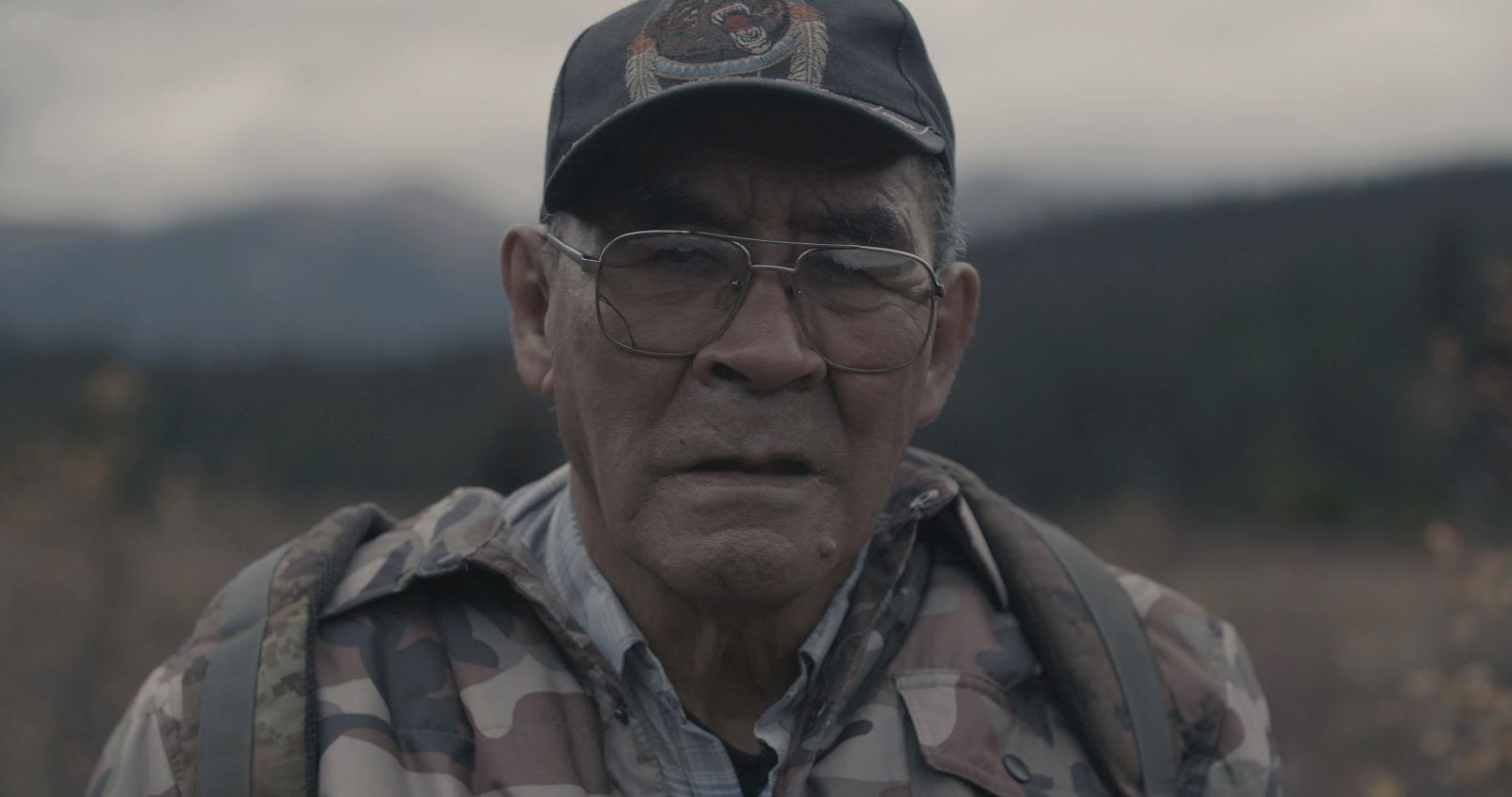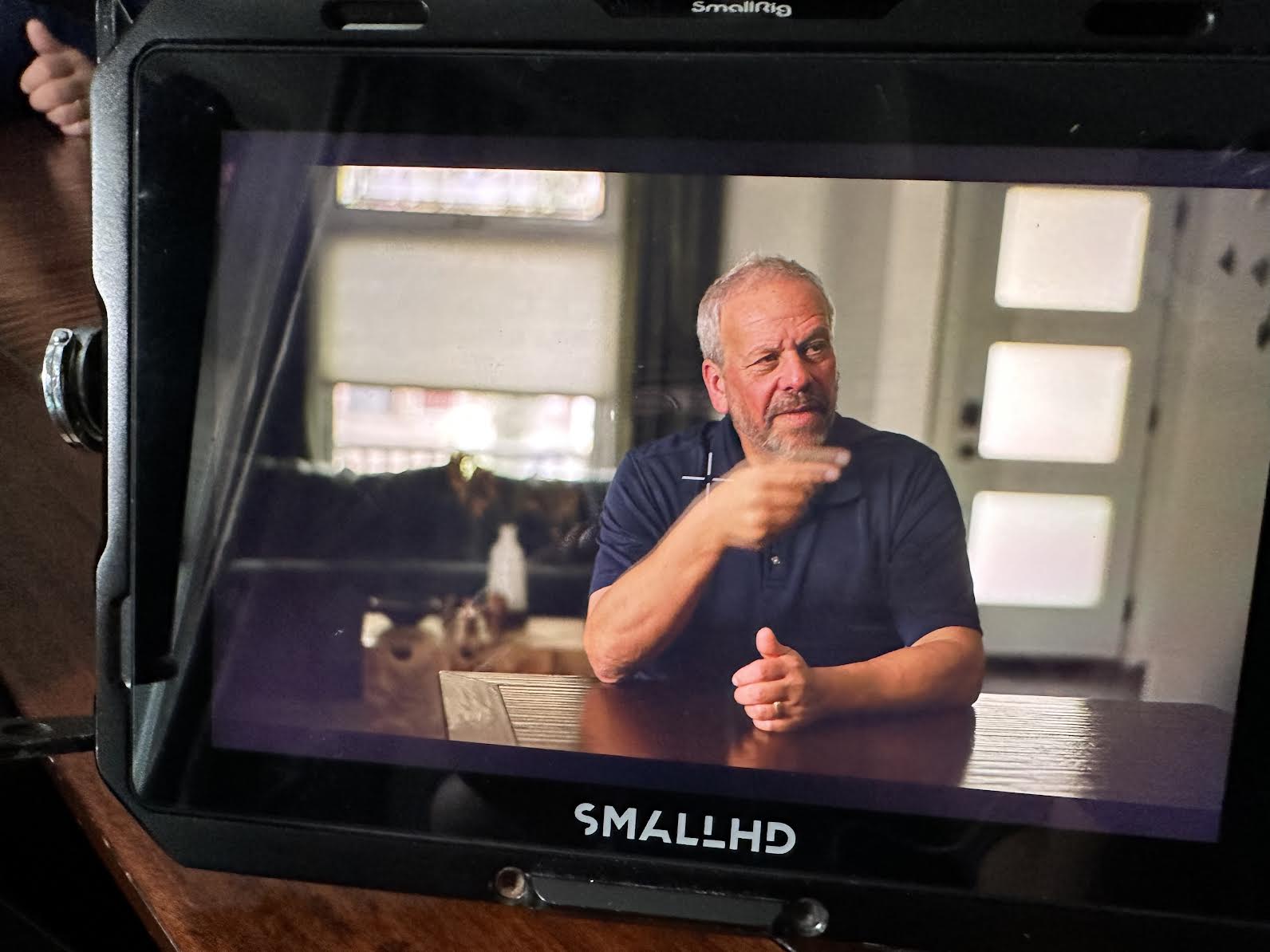The Chef & the Daruma
(Canada, 90 min.)
Dir. Mads K. Baekkevold
Programme: Insights (World premiere)
It might not be hyperbole to suggest that anyone who’s enjoyed sushi in the last 39 years has tasted Hidekazu Tojo’s cultural impact. The Japanese-Canadian chef helped revolutionize sushi culture with the invention of the California roll. This palatable doc sees Tojo tell how he observed Canadians’ eating habits upon arriving in Canada. Noticing a wariness of raw fish and an aversion to seaweed, Tojo explains how he turned a sushi roll inside out. He put the rice on the outside and threw some mayonnaise in with crab, avocado, and cucumber. Voilà! The California roll was born, the story goes. Tojo credits the dish for offering diners something familiar yet new that helped curious foodies expand their palettes. This documentary offers Tojo’s story of living the dream, one dish at a time.
The film offers a tasting menu of Tojo’s path. Director Mads K. Baekkevold, making his feature debut, structures the story around the chef’s relationship with the daruma. The red doll, which resembles a cross between a monk and a moth, symbolizes perseverance and good luck. Tojo explains how a daruma embodies the pursuit of one’s goals. The dolls have blank eyes and Tojo demonstrates how, upon recognizing a life goal, a person draws a pupil on one of the daruma’s eyes. It’s only when one fulfils that dream that one can afford it full vision. Tojo interacts with daruma throughout the documentary. He takes stock of his life’s progress and participates in the ritual burning the dolls at year’s end.
The Chef & the Daruma takes a cue from foodie flavoured lifestyle non-fiction, like Anthony Bourdain’s No Reservations on which Tojo appeared. It’s an easygoing exploration of the intersections of food and culture. Tojo traces his story from his birth in Kagoshima, Japan, as he relates how he learned to cook at a young age. He explains that, as the second youngest child to a vegetarian mother, it fell upon him to prepare food so his siblings could eat meat. He notes that he ascertained how to do more with less in his modest household. After a quick but formative experience in Osaka, where he learned to cook professionally without handling a knife for a year, Tojo shares how he answered a call for authentic Japanese chefs in Vancouver.
With a daruma noting chapter breaks and milestones in Tojo’s journey, the documentary picks up on his 1971 arrival in Canada. Working at Vancouver’s Maneki, Tojo shares how his first taste of Canadian diners proved eye-opening. “They always look happy, but we can’t tell how they really feel,” he says.
The Chef & the Daruma underscores the complexity of being part of the fusion of flavours in a multicultural metropolis. Baekkevold weaves Canada’s tenuous history with multiculturalism into Tojo’s story. The chef encounters Japanese-Canadians whose families survived the brutal internment camps after Pearl Harbour. One interviewee reminds Tojo that families, even those native to Canada, spent up to four years in the camps after the war ended. This discrimination, the participants note, partly accounts for the skepticism towards Japanese cuisine. A scene in which Tojo and a colleague nosh on takoyaki balls at the Japanese cultural festival and stroll through Oppenheimer Park—named for former Vancouver mayor David Oppenheimer, not that Oppenheimer—illustrates the significance that food holds in Japanese resilience after the deprived years in the camps. But in a country where poutine approximates the bar for national cuisine, the combination of fresh fish, seaweed, and rice proves intimidating.
However, Tojo shares how observing Vancouverites’ eating habits helped insert Japanese culture into the city’s fabric. The Chef & the Daruma salutes Tojo’s legacy for elevating the city’s cultural scene when he opened Tojo’s in 1988. There’s arguably a whole film to be made about the contested origins of the California roll that the doc only touches on, but it’s just one of many dishes that made Tojo a celebrity chef. Archival clips and images liken Tojo’s to a buzzing hub where A-list celebrities came to dine. The images of the jam-packed restaurant illustrate the broad appeal of Tojo’s intuition. By reading people and understanding their relationship with food, he realised one dream embodied in a daruma.
One key to Tojo’s recipe for success is the omakase service. Tojo excels in this menu option that offers an “anything goes” experience for diners. He sets the menu and offers a multi-course meal. Without having a fixed menu, he’s free to experiment and explore seasonal options as seasons change. Baekkevold captures the loving care that goes into the creation of each dish, too, as Tojo makes every plate a delicately handcrafted work of art.
The approach embodies the customer-forward nature of his process, too. Working in close proximity to diners as he prepares the meal, Tojo reads their responses to the food. Frequent trips back home, moreover, ensure that Tojo stays au courant with Japan’s culinary trends. The sequences in Japan show how Tojo remains a keen student and observer.
Tojo, now 74, sets a new dream—to instil his passion, skills, and knowledge within the next generation of chefs. His playful and accessible relationship with the camera makes him a wise teacher. The doc suggests that his next daruma should easily acquire its second eye. The Chef & the Daruma might inspire a trip to Tojo’s sushi bar, but, better yet, it could conjure a deeper consideration of the hidden stories behind the food we eat. Whether one finds this inspiration in a high-end fusion restaurant or at a shopping mall serving California rolls, Tojo likely won’t judge.
The Chef & the Daruma premiered at the 2024 Vancouver International Film Festival.
It will stream on Telus Originals at a later date.











